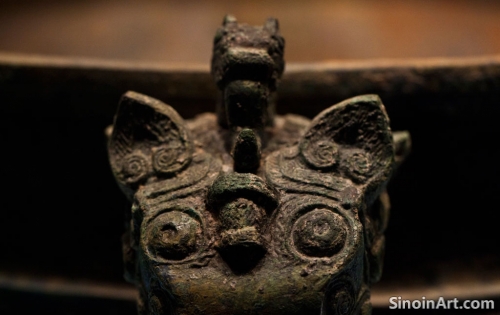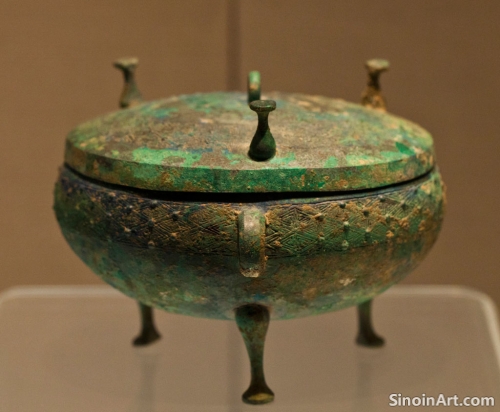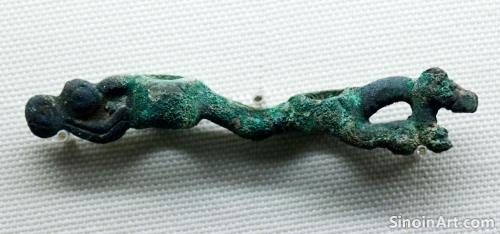The Preservation of Bronze Artifacts: Understanding the Chemistry of Corrosion and Deterioration
|
The preservation of Chinese bronze ware is a complex scientific undertaking, requiring a deep understanding of the chemical processes that cause corrosion, deterioration, and the breakdown of these objects over time. The proper preservation of these pieces requires an approach that is both artistic and also deeply scientific. The proper preservation of these artifacts helps to ensure that they are available for generations to come.  Bronze corrosion is often caused by a complex chemical process involving interaction with oxygen, moisture, salts, and acids. These processes can cause severe damage to both the surface and structure of the artifacts. Understanding these processes is essential to stopping their further development.  Conservation efforts involve the application of special techniques and chemical treatments to stabilize the bronze, to remove harmful deposits, and also to add protective coatings. The careful application of these methods can help to slow or even stop the process of deterioration. The long term care of these pieces requires a thorough understanding of their properties.  Modern scientific methods, such as X-ray fluorescence and other forms of material analysis, also help conservators to better understand the composition of the bronze and the causes of its degradation, allowing for the creation of better targeted conservation approaches. The scientific approach to conservation has helped to expand the life of artifacts and also to enhance our understanding of them. The continued research in the area of materials science helps to illuminate the long term processes of decay and to create better methods of preservation and display. The ongoing research into the chemistry of bronze will help to further protect these valuable cultural treasures. |
Tag : bronze corrosion, artifact preservation, conservation science, metal degradation, chemical analysis
Related information
- Bronze Ware and the Influence of Ancient Chinese Philosophical Schools: Confucianism, Daoism, and Legalism
- Preserving Chinese Bronze Ware: Challenges and Methods of Conservation
- Bronze Ware and the Development of Ancient Chinese Calendar Systems: Marking Time and Ritual Cycles
- The Use of Bronze in Ancient Chinese Food Preparation and Dining: Utensils and Vessels
- Bronze Ware and Ancient Chinese Astronomy: Decoding Celestial Patterns and Calendars
This article explores how bronze ware was influenced by different schools of thought in ancient China, including Confucianism (order and ritual), Daoism (nature and spontaneity), and Legalism (authority and order), and demonstrating how these philosophies shaped both design and usage.
This article discusses the challenges and methods of conserving Chinese bronze ware, highlighting the vulnerability to corrosion, the specific techniques used for cleaning and preservation, and the overall importance of safeguarding these artifacts for the future.
This article explores the use of bronze in ancient Chinese calendar systems, highlighting its role in creating timekeeping devices like sundials, tracking the passage of time, and linking calendars to both agricultural and ritual cycles.
This article explores the use of bronze in ancient Chinese food preparation and dining, highlighting the creation of cooking pots, serving utensils, and tableware, and demonstrating how bronze was integrated into both daily life and social customs.
This article explores how bronze ware reflects ancient Chinese understandings of astronomy, highlighting the use of celestial patterns, depictions of constellations, and the connection between astronomical knowledge and ritual practices.